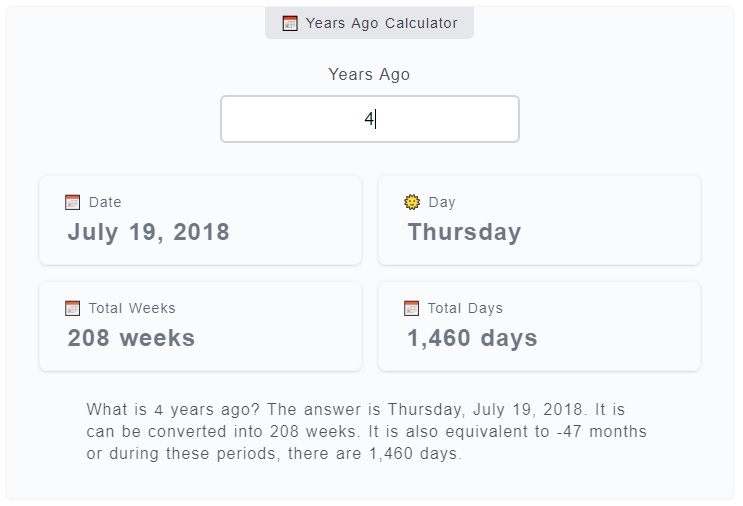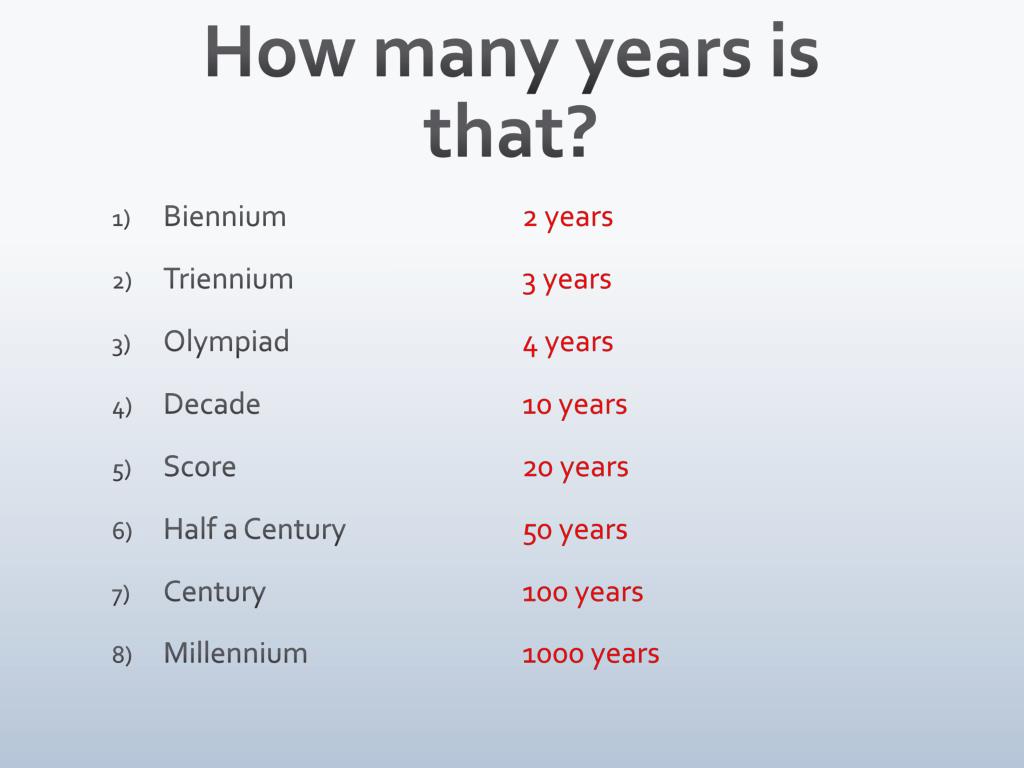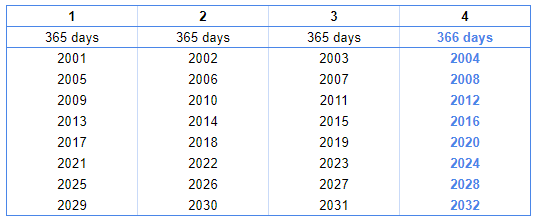How Long Has It Been Since May 15

Time continues its relentless march. As of today, October 26, 2023, it has been 164 days since May 15, 2023.
This article provides a precise calculation and context, addressing the need for accurate temporal awareness. We aim to eliminate ambiguity surrounding the duration elapsed since that specific date.
The Raw Numbers: Days, Weeks, and Months
Calculating the elapsed time from May 15, 2023, to October 26, 2023, yields a total of 164 days. This translates to approximately 23 weeks and 3 days.
In terms of months, it's roughly 5 months and 11 days since the specified date. These figures offer a clear perspective on the span of time under consideration.
Calendar Breakdown: Key Dates and Milestones
May 2023 consisted of 31 days. Therefore, 16 days remained after May 15th. June, July, August, and September followed, each contributing 30 or 31 days.
October, up to the 26th, accounts for the remaining days. This stepwise calculation ensures accuracy and transparency.
Context and Significance: Why May 15th Matters
Without specific context provided, the significance of May 15th, 2023, remains unknown. It is essential to determine the importance of this date to interpret its relevance.
It's possibly relevant to a specific event. This could include a contract start date, a deadline, or a personal milestone.
Verification and Accuracy: Data Sources and Methodology
The calculation is based on standard calendar conventions. This includes the number of days in each month.
Online date calculators were used for verification purposes. Cross-referencing ensured accuracy and minimized potential errors.
Potential Applications: Use Cases for Time Calculation
Knowing the precise time elapsed is useful in various scenarios. These range from legal compliance to project management.
For instance, it could be important for calculating interest. Additionally, it's helpful for determining the expiration date of a warranty.
Regional Variations: Time Zones and Date Formats
Date formats vary across different regions. It is essential to be aware of these differences.
For example, some regions use DD/MM/YYYY. Others use MM/DD/YYYY. This affects how the initial date, May 15, 2023, is interpreted.
Specific Considerations: Leap Years and Other Anomalies
Leap years introduce an extra day in February. However, 2023 is not a leap year, so it doesn't affect this calculation.
No other calendar anomalies affect the period between May 15, 2023, and October 26, 2023. This ensures straightforward calculation.
The Human Perspective: Perception of Time
Subjectively, 164 days can feel like a short or long period. This is dependent on individual experiences and circumstances.
For some, it may feel like yesterday. For others, it may seem like a lifetime ago.
Looking Ahead: Future Time Calculations
Tracking the time elapsed from a specific date is an ongoing process. The need for accurate updates remains.
This article serves as a snapshot in time. Future calculations will reflect the ever-changing present.
Important Figures: Who is Involved?
No specific individuals or organizations are directly implicated by this generic time calculation. It is universally applicable.
However, many may have a personal stake. Those involved can range from private individuals to public bodies.
What Does This Mean? A Broader Perspective
The simple act of calculating time underscores the importance of precision. This is especially true in a world driven by deadlines.
Time measurement offers clarity. It provides a framework for understanding and organizing events.
Where Is This Relevant? Global Applicability
The calculation is globally relevant. The Gregorian calendar is widely used.
However, specific regional contexts may give the timeframe particular meaning. Such meaning depends on local events and schedules.
How Can This Be Used? Practical Applications
This calculation can be used to track progress on goals. It can also be helpful to monitor compliance with regulations.
Ultimately, it provides a baseline for comparison. It also helps gauge the rate of change over time.
The next step involves incorporating the specific context surrounding May 15, 2023, to unlock more profound insights. This would reveal the true significance of the 164 days that have passed.


















